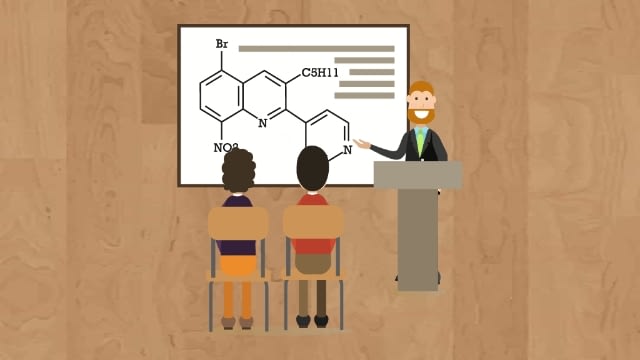
Here we are sharing most important focus area based notes of SSLC Kerala,that helps to improve their performance in public examination
Introduction
In an atom there are main energy level called shells and sub energy levels
called sub shells.
The number of sub shells in each energy level is equal to its shell number.
There are 4 sub shells-s,p,d,f
s sub shells can accommodate 1 to 2 electrons
p sub shells can accommodate 1 to 6 electrons
d sub shells can accommodate 1 to 10 electrons
f sub shells can accommodate 1 to 14 electrons
1s<2s <2p<3s<3p<4s<3d<4p<5s<4d<5p<6s…………
1s 2s 2p 3s 3p 4s 3d 4p 5s 4d 5p 6s………………….
The electrons in an atom are distributed in the increasing order of the energies of sub
shells. This is called sub shell electronic configuration.
The maximum number of electrons accommodated in each sub shells s-2, p-6, d-10,f-14.
While writing the sub shell electronic configuration of elements with higher atomic numbers, the symbol of the noble gas preceding that element may be shown with in square brackets followed by the electronic configuration of the remaining sub shells.
Period number is equal to the highest shell number in the sub shell electronic configuration.
Group number
s-block → The no. of electrons in the outer most s sub shell
p-block → by adding 10 to the total number of electrons in the s and p sub shells of
the outer most shell.
13 to 18 group elements are present in p Block
1 to 6 electrons are present in p subshell
Elements in the solid, liquid and gaseous state at room
temperature are included in this block
In p block elements , less reactive elements(more stable
elements) are present in the 18 th group (Noble gases)
Elements with Positive and negative oxidation state are
present in p block
P block elements usually show higher ionization energy
than the s block elements.
In p block elements, the highly reactive elements are
d-block → adding the total number of electrons in the outer most s sub shell and
preceding inner d sub shell
Transition elements forms coloured salts ; the colour is due to the presence
of transition element ion
lanthanoids and actinoids are two periods of elaements of f block
Most of the actinoids are radioactive and are artificial elements